In the mid-1990s, Evan Dorkin published an anthology series at Slave Labor Graphics titled "Dork". It featured a few different series of short comics features (like the sit-com spoof "The Murder Family"), newspaper strip spoofs (like "Myron the Living Voodoo Doll") and random humorous comics ranging in length from one panel to several pages, and from silly to viciously biting. Some were original to the pages of "Dork", and others were reprinted from elsewhere.
Here's a small sample of the comic strips for your amusement! (Selected from "Dork #1".)
--
As an extra-special treat, here's material that lets you incorporate Myron the Living Voodoo Doll into your roleplaying game campaigns.
AN RPG SUPPLEMENT
Design: Steve Miller * Eye Rolls: L.L. Hundal
Based on "Myron the Living Voodoo Doll" by Evan Dorkin
(Myron the Living Voodoo Doll is used without permission...
and in the hopes that Mr. Dorkin doesn't sic lawyers or Myron on us.)
INTRODUCING MYRON
Myron is the most unusual of voodoo dolls. He is alive, and he wanders about of his own volition. He does not initially seem different from other voodoo doll, but he has the following unique traits:
* Myron is self-aware and he can speak. If a person thinks to talk to him, he will respond. He will explain his unique nature, but only if asked. (Myron is too busy contemplating the meaningless nature of existence to volunteer information to those he encounters.)
* Myron can't help but become bonded either to the last person who handles him, or a person that individual chooses to place a curse upon. Whatever harm (or other extreme physical situation, such as being flung across a room) that subsequently befalls Myron also happens to the person who is subject to his inherent voodoo magic. Once bonded to Myron through his voodoo enchantment, (Myron doesn't necessarily want bad things to happen to people, but he is a voodoo doll so he can't help it.)
* Myron is a tireless wanderer who is forever seeking new horizons. He never remains in one place for more than a few days. He is also one of the greatest escape artists to ever exist. Once he decides it's time for him to move on, there is nothing that prevent him from doing so. (Myron is completely immune to magic that tries to bind him or keep him trapped. Any such attempts cause him to teleport to a random location far, far away... while the person who attempted to magically trap him is subjected to Myron's inherent voodoo curse.)
* If Myron is destroyed, he reforms 1d6 days later at a random location (see "Where in the World is Myron?, below). If someone had intentionally tried to destroy him that person is now subject to Myron's inherent voodoo curse--until it is shifted onto someone else. (Myron cannot be destroyed by any conventional--or even unconventional--means. The only ways to put an end to his existence and the inherent voodoo curse he carries is to either convince him that he doesn't exist via philosophical debate, or to bring him into the presence of God [the Clockmaker, the Creator, the Big Guy Himself], which will make Myron realize that existence is not meaningless.)
HOW DO THE HEROES ENCOUNTER MYRON? (Roll 1d6)
This table is used to both determine how the party first meets Myron, as well as how they might randomly encounter him again later.
1-2. They find him among the property of a foe they've just defeated.
3. One of them receives a package from an unknown sender. Myron is inside.
4. His is found laying outside one of their homes.
5. A friend (or even an enemy) contacts them and begs them to track Myron, because he or she has fallen victim to Myron's curse and is suffering from random injuries and other mishaps.
6. He drops into one of their laps. Literally.
The GM should roll 1d20 once per game month after the party's first experience with Myron is resolved. On a roll of 1, they cross paths with him again.
WHERE IN THE WORLD IS MYRON (Roll 2d20)
This table is used to determine where Myron can be found.
2. On a city street
3. In a daycare center
4. In a prison
5. In a city dump
6. At a train station
7. At a bus depot
8. By the sea shore
9. Along a busy highway
10. Along a country road
11. In the highlands
12. In a swamp
13. In a forest
14. In a jungle
15. In a desert
16. On a golf course
17. In a school
18. At a construction site
19. In the mountains
20. In a coal mine
21. In a cemetery
22. In a war zone
23. In a crack house
24. In a teenaged girl's bedroom
25. In a teenaged boy's bedroom
26. In a church
27. In a mosque
28. In a synagogue
29. In a serial killer's lair
30. In a politician's office
31. Floating on a lake
32. On a weather balloon
33. Floating on a river
34. In a high-rise office building
35. In a top secret government lab
36. On Paradise Island
37. On Gilligan's Island
38. At John Wick's house
39. At the home of a player character's loved ones
40. At a NASA or other space-exploration launch site.
HOW LONG DOES MYRON STAY? (Roll 1d6)
Myron stays in any given area for a limited amount of time, even if the party arranges for him to be trapped (as indicated in "Introducing Myron"). This table determines how long he can be found in the area determined by rolling on "Where in the World is Myron?"
1. 24 hours
2. 48 hours
3. 72 hours
4. 1d6 days
5. 1d6 weeks
6. 1d20+10 hours
After the indicated period of time has passed, the GM rolls on on "Where in the World is Myron?" to determine where he can next be found.
DAMAGE SUFFERED FROM VOODOO CURSE (Roll 1d12)
Each day, it's relevant to determine if a character is injured due to being subject to Myron's inherent voodoo curse, the GM must roll 1d12. On a "12" he or she rolls on the table below to determine what harm comes to the sufferer. If 1-2 hit points are taken, the character suffers minor discomfort or a sudden appearance of bruises or mild burns. Anything beyond that is painful and possibly lethal. Charactes may roll appropriate saving throws and benefit from any resistances to types of damage they may possess.
Myron is destroyed if he takes more than 30 hit points of damage. He reappears at a random location 1d6 days later. While Myron is out of commission, there is no need to see if a cursed character suffers an injury.
Types and Amount of Damage
1. Cold Damage: 2d10
2. Crushing Damage: 2d10
3. Drowning Damage: 2d10
4. Electrical/Energy Damage: 2d10
5. Falling Damage: 2d10
6. Fire Damage: 2d10
7. Cold Damage: 4d10
8. Crushing Damage: 4d10
9. Drowning Damage: 4d10
10. Electrical/Energy Damage: 4d10
11. Falling Damage: 4d10
12. Fire Damage: 4d10
(
If you enjoyed this post, there's lots more at the NUELOW Games blog. Go check it out!)






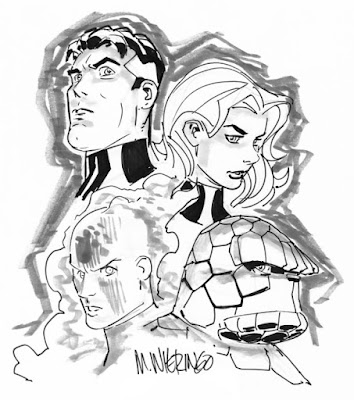
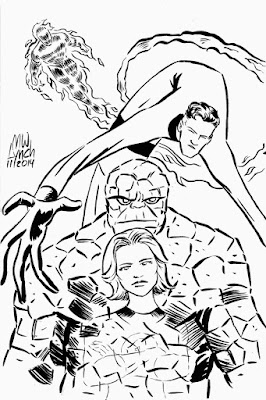
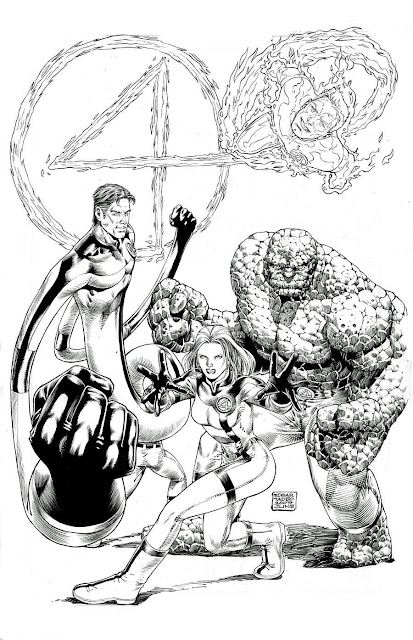
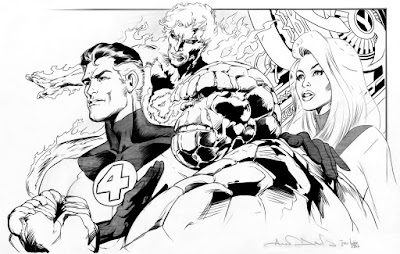
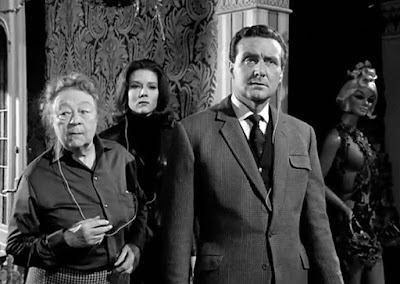
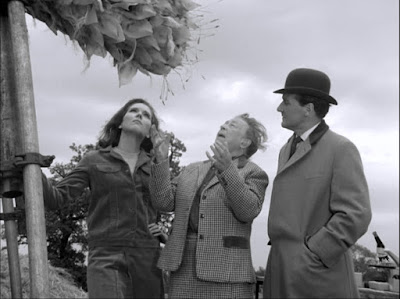




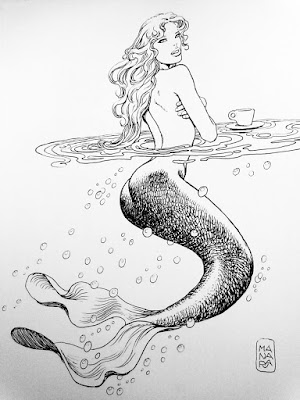

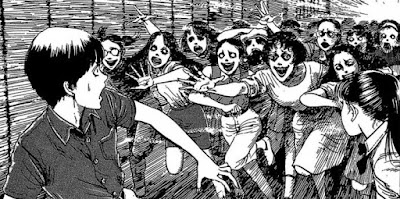

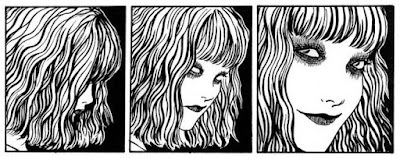
































.jpg)
